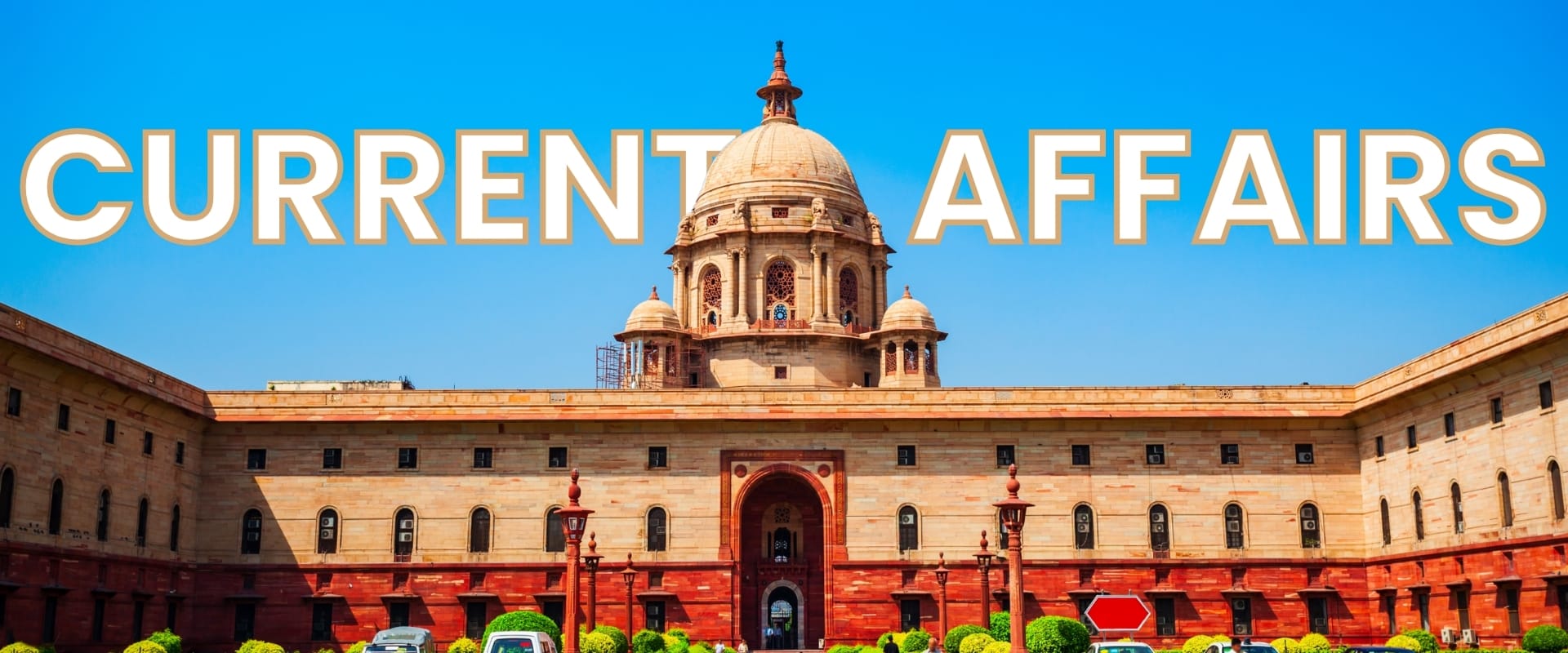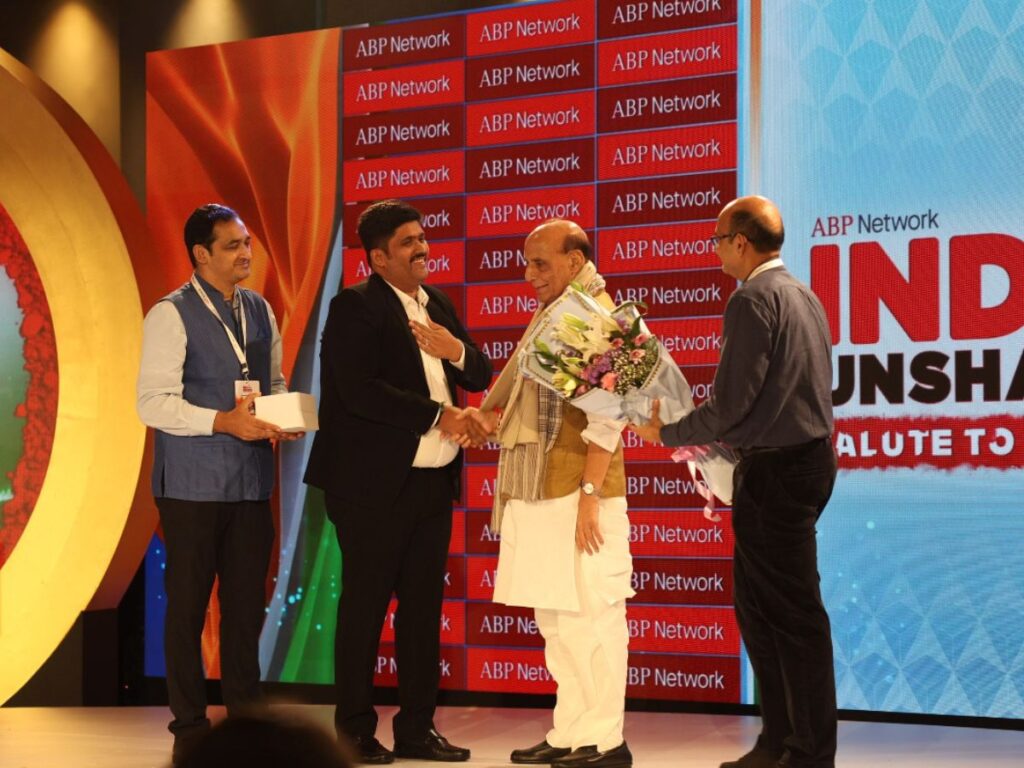For over seven decades, the Indian Army has stood as one of the most formidable institutions in the world, celebrated for its discipline, valour, and sacrifice. Yet, behind its proud history lies a striking absence: India has never had a woman as the Chief of Army Staff (COAS). While the Air Force and Navy too are yet to see a woman rise to the very top, the Army’s case is particularly glaring given its size, role, and influence. Why has the glass ceiling remained unbroken? The reasons lie at the intersection of history, policy, culture, and institutional inertia.
1. Historical Context: A Male-Dominated Tradition
The Indian Army is a direct inheritor of the British Indian Army, where women were virtually absent from combat and leadership roles. Traditionally, women served only in nursing, medical, or auxiliary capacities. When India gained independence in 1947, it retained this gendered structure. It was only in 1992 that women were inducted as Short Service Commission (SSC) officers in non-medical streams. This late start automatically delayed their seniority trajectory compared to men, who had been eligible for permanent commission (PC) from the beginning.
Since the COAS post is filled by the senior-most eligible four-star general, the absence of women in permanent combat arms severely restricted their progression into the Army’s highest leadership circle.
2. Structural Barriers: The “Permanent Commission” Battle
For decades, women officers were given only short-term contracts (SSC, typically 5–10 years), which meant they could not serve long enough to rise through the ranks to general officer positions. Men, on the other hand, had access to permanent commission tracks that allowed them to build long careers.
This discrimination was challenged legally. In 2020, the Supreme Court of India delivered a landmark judgment, directing that women be granted permanent commission on par with men. The Court also struck down arguments that cited “physiological limitations” and “domestic roles” as reasons to deny women parity, calling them regressive and unconstitutional.
While this was a victory, the effects are only beginning to unfold. It takes 30–35 years of service to reach the rank of General. Since women only started receiving permanent commissions in recent years, it will still take time before any woman reaches the very top.
3. Combat Exclusion and Its Ripple Effect
Unlike the Air Force, which opened fighter pilot roles to women in 2015, or the Navy, which is slowly allowing women on warships, the Army has remained restrictive about combat roles. Most women officers are still concentrated in “support” arms like Signals, Education, Ordnance, and Engineers (in limited fields). The combat arms—Infantry, Armoured Corps, Artillery, and Mechanised Infantry—are considered the traditional pipelines to the Army Chief position.
Because women are excluded from these combat arms, their chances of meeting the career trajectory required to become COAS are virtually nil under the present system. Even with permanent commission, if they remain confined to support roles, the ceiling remains intact.
4. Cultural and Institutional Mindsets
Beyond rules, there is also resistance rooted in culture. The Army is often seen as a hyper-masculine institution where leadership is equated with physical toughness and battlefield exposure. Arguments citing women’s “physical limitations” or concerns about unit cohesion in frontline combat have often been raised by skeptics.
Additionally, traditional gender norms in Indian society still play a role. The expectation that women will shoulder family responsibilities has been used to question their ability to handle demanding field postings. The Supreme Court in its 2020 judgment explicitly rejected such reasoning, but institutional culture often changes more slowly than laws.
5. The Global Picture: Are Women Chiefs Possible?
India is not unique in this challenge. Across the world, only a handful of countries have seen women rise to the very top of their armed forces. For instance:
Admiral Michelle Howard (USA) became the first woman to achieve the rank of four-star admiral in the U.S. Navy.
Major General Kristin Lund (Norway) became the first female Force Commander in a UN peacekeeping mission.
Air Chief Marshal Wigston (UK) has acknowledged the structural need to integrate women into higher leadership.
These examples show that while progress is slow, it is possible when institutional doors are fully opened.
6. Legal Victories vs. Career Pipeline
Even though courts have mandated equality, the problem is that military careers are pipeline-driven. To become Army Chief, an officer must:
Be commissioned into the right arm/service.
Accumulate the right command and staff postings.
Be empanelled as a lieutenant general and then considered for COAS based on seniority.
Because women entered late, were denied PCs for decades, and remain excluded from combat arms, the pipeline itself has only just begun to open. This means the first realistic possibility of a woman COAS is still at least 15–20 years away, unless policies on combat arms are dramatically changed.
7. Recent Reforms: A Ray of Hope
Despite these barriers, there are signs of change:
Women are now permanent commission officers in several corps.
The National Defence Academy (NDA) opened its gates to women cadets in 2021, allowing them to begin on equal footing with men from the very start.
More women are being posted in operational roles in forward areas, breaking symbolic barriers.
These reforms suggest that while the path is long, the foundation for future women chiefs is being laid.
8. Why Representation Matters
Some might argue that “merit, not gender” should decide who becomes Chief. While true in principle, representation matters for three reasons:
Equality in Opportunity – Without structural parity, “merit” becomes a smokescreen for exclusion.
Breaking Stereotypes – A woman Army Chief would challenge entrenched notions of masculinity in leadership.
Inspiration – It would send a powerful signal to young women considering the armed forces as a career.
A woman Chief of Army Staff would not just be a symbolic victory but a substantive one, reshaping the perception of leadership within the military and society.
9. The Road Ahead
For India to see a woman Army Chief, three things must happen:
Full Integration into Combat Arms – Without entry into infantry, armoured, and artillery, women’s chances remain low.
Institutional Support – Mentorship, unbiased promotion boards, and cultural acceptance are critical.
Policy Consistency – Reforms must not be half-hearted or rolled back under pressure.
If these steps are taken seriously, the next two decades could witness history being made.
Conclusion
The question of “Why no woman chiefs in the Indian Army?” is not just about one post but about systemic barriers that have historically kept women out of the leadership pipeline. While the glass ceiling has begun to crack through legal interventions and incremental reforms, it will take sustained commitment to shatter it completely.
India takes pride in being the world’s largest democracy and in celebrating the bravery of women in every sphere, from politics to space exploration. It is only a matter of time before a woman leads its largest and most powerful armed force. The journey may be long, but the direction is finally right.




























